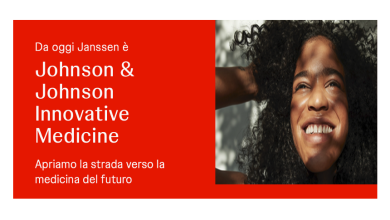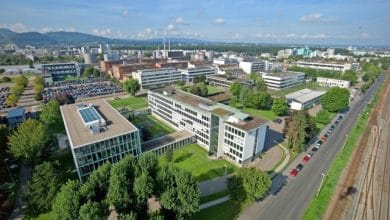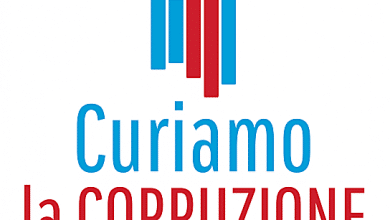
Yet thanks to innovation in 20 years -30% mortality rate of the general population
TO just 20 years to halve the number of people who die from cardiovascular or digestive system diseases, reduce the general mortality rate of the population by 30% and see an increase of around 1.5 million in the number of Italians 'over 65' who declare themselves in good health. These are just some of the successes achieved in recent years by pharmacological research. And the future looks just as encouraging.
just 20 years to halve the number of people who die from cardiovascular or digestive system diseases, reduce the general mortality rate of the population by 30% and see an increase of around 1.5 million in the number of Italians 'over 65' who declare themselves in good health. These are just some of the successes achieved in recent years by pharmacological research. And the future looks just as encouraging.
There are currently over 7,000 new drugs in development worldwide. Of these, 1,813 are intended for the treatment of cancer. Over 900 biotech drugs and vaccines are being studied, with possible benefits for more than 100 pathologies. But in Italy, between bureaucratic obstacles, administrative delays, tortuous authorization processes, pharmaceutical innovation does not have an easy life: there are 9 steps to get a new drug to the patient after the approval of the European Medicines Agency (EMA) and it takes about 2 years for national and regional access.
To learn more about the value of a highly technological, innovative and important sector for the country's economy, companies, researchers and patients met today the world of information in the professional training course 'Concepts and languages of pharmacological innovation, promoted from the Sapienza Science Communication Master'Science in Journalistic Practice', with the support of the Msd Foundation.
THE However, the pharmaceutical sector in Italy represents an industrial excellence as evidenced by the world record growth in exports between 2010-2014 and offers a significant contribution to research, in its various phases, with 17.2% of participation in experimentation protocols clinic in the EU. One of the critical nodes when it comes to pharmacological innovation is the complexity of the process that leads to the discovery of new therapies: the development of a molecule that reaches the patient involves about 10-15 years of studies and research and an investment of over 2, 5 billion euros; only one substance out of 10,000 reaches the patient and only 2 out of 10 drugs amortize the costs.
However, the pharmaceutical sector in Italy represents an industrial excellence as evidenced by the world record growth in exports between 2010-2014 and offers a significant contribution to research, in its various phases, with 17.2% of participation in experimentation protocols clinic in the EU. One of the critical nodes when it comes to pharmacological innovation is the complexity of the process that leads to the discovery of new therapies: the development of a molecule that reaches the patient involves about 10-15 years of studies and research and an investment of over 2, 5 billion euros; only one substance out of 10,000 reaches the patient and only 2 out of 10 drugs amortize the costs.
“ In innovation – affirms the president of Farmindustria Massimo Scaccabarozzi – we are experiencing a 'new spring', with drugs for many important pathologies, such as hepatitis C and various forms of cancer. Research is increasingly oriented towards biotech and personalized medicine which not only represent the future but also the present. Without forgetting that innovation is also incremental and allows continuous improvements in the quality of life and constant progress in terms of treatment efficacy, reduction of side effects and ease of use”.
In innovation – affirms the president of Farmindustria Massimo Scaccabarozzi – we are experiencing a 'new spring', with drugs for many important pathologies, such as hepatitis C and various forms of cancer. Research is increasingly oriented towards biotech and personalized medicine which not only represent the future but also the present. Without forgetting that innovation is also incremental and allows continuous improvements in the quality of life and constant progress in terms of treatment efficacy, reduction of side effects and ease of use”.
"The innovative drugs that will hit the market in the next few years will make the levers with which public pharmaceutical expenditure has been governed less and less sufficient - says Luca Pani, director general of the Italian Medicines Agency (Aifa) - in the face of the revolution epoch that is affecting the world of medicines, public health systems must be reconsidered as a whole, from an integrated and less and less local point of view”.
BDC – June 15, 2015 – PharmaKronos
Related news: Innovative drugs. To disburse 10 of them, the US would spend 49.3 billion dollars in 10 years
Pharmacological innovation: in Italy we live longer and better





